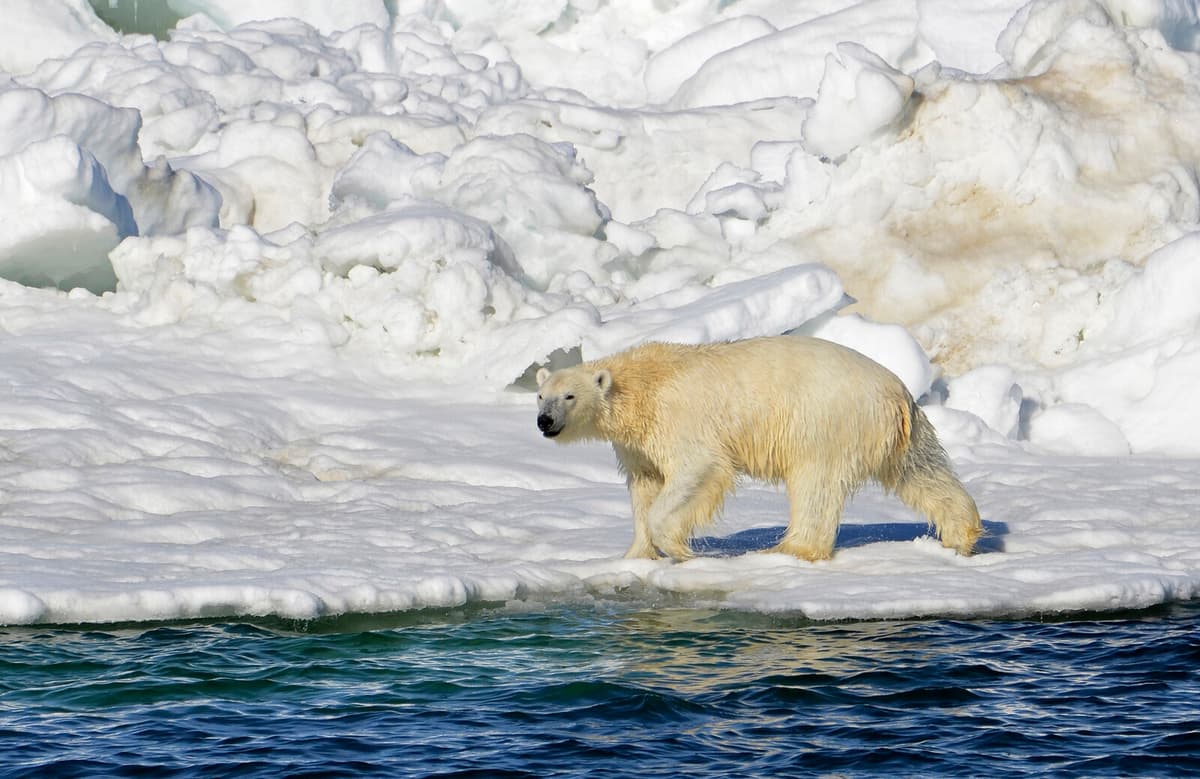Researchers have been following two polar bear populations living north of the 70th parallel since the 1990s. The injuries, reported in a study in the journal Ecology, were discovered between 2012 and 2022.
In one group, 31 out of 61 polar bears had injuries caused by ice, and in the other, it was 15 out of 124 animals. Two polar bears observed in 2022 had 30-centimeter large ice lumps stuck to their feet.
"I've never seen it before. The most affected bears couldn't run, they couldn't even walk unimpeded," says Kristin Laidre, one of the researchers behind the study, in a press release.
In Pain
When the researchers removed the ice, they realized that it wasn't just stuck to the fur but to the skin, and it was clear that the polar bears were in pain.
Exactly how the injuries occurred is unclear, but the researchers list three possible causes – all linked to climate change.
One is that it rains more often, making the snow soft and wet, which then freezes to the feet when the temperature drops. Another is that rising temperatures cause the snow on the surface to melt and then freeze into ice when it gets colder. This forms a hard crust that breaks and gets sharp edges that the polar bears cut themselves on when they step through it.
Thinner Ice
A third possible explanation is that the polar bears live in areas where glaciers meet the sea. There, the warming leads to thinner ice, allowing seawater to seep into the snow, making it wet and soft and easier to stick to.
The researchers do not want to draw any conclusions about how it affects the populations' health in general.
"We've seen injuries caused by ice on individuals. I don't want to draw any hasty conclusions about how it affects the entire population. We actually don't know," says Kristin Laidre.
Polar bears can be found in many places in and around the Arctic, including Greenland, northern Canada and Alaska, and northern Russia.
There are between 22,000 and 31,000 wild polar bears.
The species is classified as vulnerable, which means it is considered to be at high risk of extinction in the wild.
The greatest threat to the polar bear was long hunting. But today, when hunting is regulated, it is the global temperature increase that threatens their natural environment.
Source: WWF, NE.se





